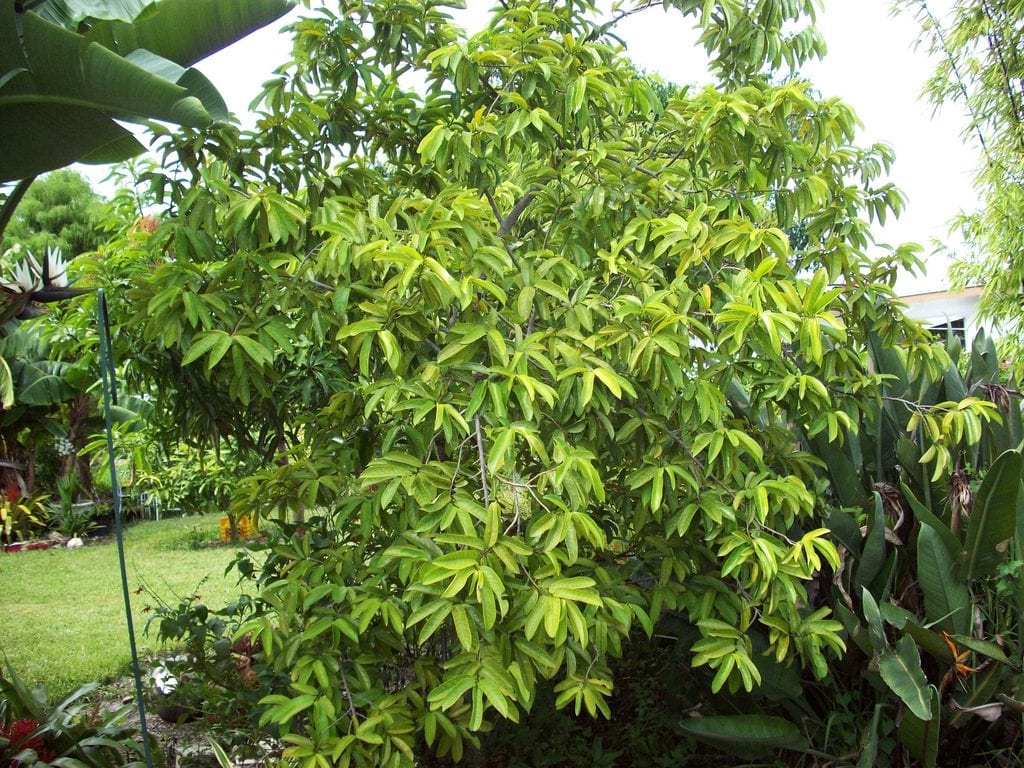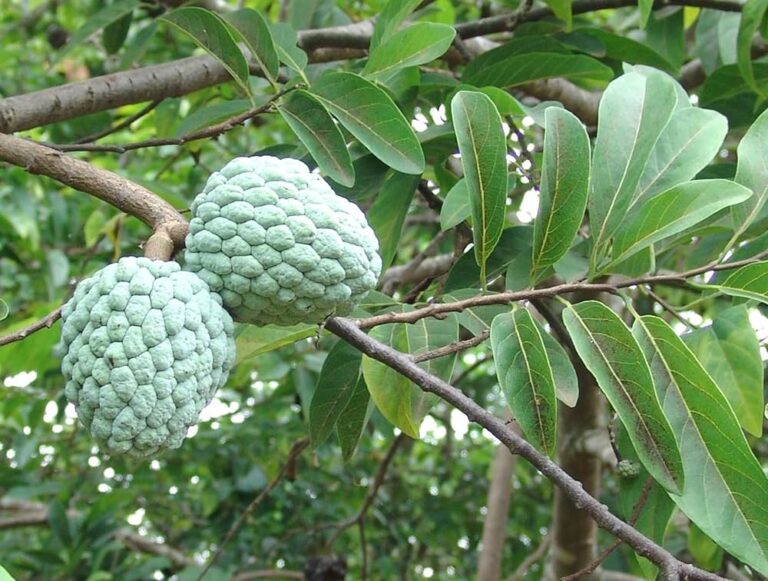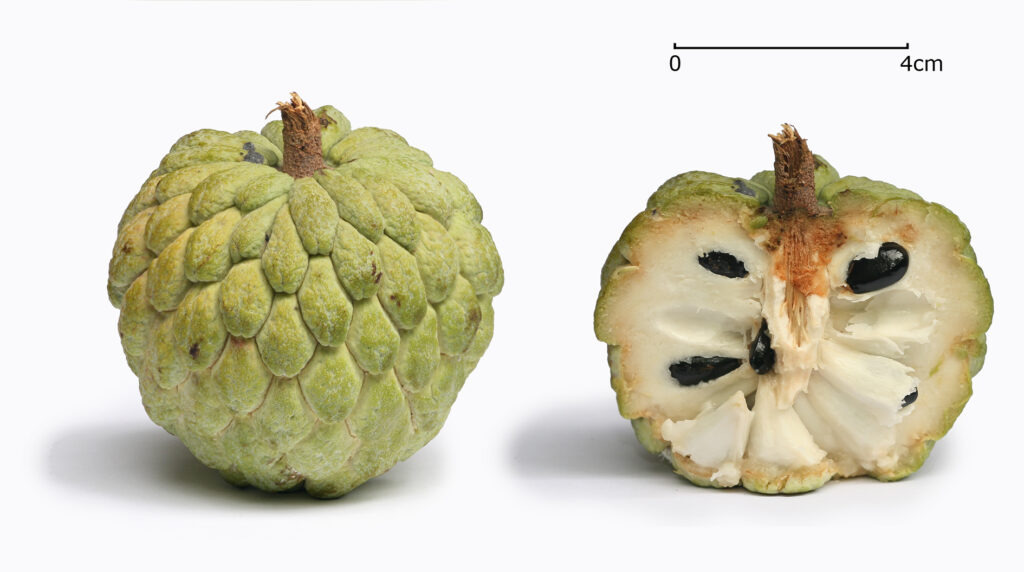Annona - Tree Genus



Most scientists scoff at the thought of traditional medicines – I do too, in many circumstances – but their use is often beyond supersticious, in many cases leading to important drug discoveries stemming from centuries of historical use. The Annona genus of trees is only beginning to be analysed emprically for their bioactive compounds and current research into these tropical presents an interesting case study of the nuances within ethnobotany.
Soursop – Annona muricata (Top Left)
The soursop, or graviola, is arguably the most well-known Annona, common throughout most tropic regions like the Caribbean, Americas, Australia, and much of Asia. Often used as a foodstuff, soursop also sees use as an alternative medicine for the treatment of cancer. While ill-advised based on current research, there are still strong prospects for the isolation of a multitude of potential medicinal compounds within the soursop plant, with significant research into their anticancer, anti-inflammatory, and antiparisitic abilities among others. Moghadamtusi et al. have compiled a very useful review into the literature surrounding the biological activities of the soursop (Moghamatusi et al., 2015).
Sweetsop – Annona squamosa (Top Right)
The sweetsop, or sugar-apple, is native to the Caribbean and Americas, being introduced elsewhere via trade. Like soursop, sweetsop also sees extensive traditional medicinal use in all parts of the plant. Compounds from the fruits have displayed anti-HIV potential (Wu et al., 1996), the leaves and peels are a source of bioactive silver nanoparticles (Vivek et al., 2012), the seeds contain effective insecticides (Londershausen et al., 1991), and the roots see traditonal use to treat depression and spinal disorders. Their fruits are also believed to have a slight narcotic effect when consumed (Sujanapal and Sankaran, 2016).
Summary
The trees of the Annona genus appear to produce a remarkable variety of potentially useful medicinal compounds. While there is an impressive body of work on the two aforementioned species, the genus is estimated to posess over 166 species, which may be just as promising to research for potential medicinal compounds.
Now, do I recommend you go scoffing any Annona fruit you can find to fix your headache? Absolutely not. In fact, these plants may not be Mother Nature’s equivalent of Boots that I’ve (accidentally) made them out to be:
A study in the 1990s on the Caribbean island of Guadaloupe discovered something strange, of the 87 islanders presenting to the hospital with symptoms of Parkinson’s disease, 30 were considered atypical Parkinson’s patients, a far departure from normal rates of atypical Parkinson’s seen elsewhere in the world. While this may seem quite benign, all 30 patients reported regularly consuming soursop in either fruit form or as a leaf tea, leading to several studies trying to establish a causal link (Caparros-Lefebvre, 1999). The suspects were the variety of alkaloid compounds within the tree, as well as annonacin, a toxic compound found in several Annona species (Lannuzel et al., 2006). However, these studies have attracted some debate and controversy within the field of Parkinson’s disease.



Sources (in text order):
Moghamtusi et al., 2015: Annona muricata (Annonaceae): A Review of Its Traditional Uses, Isolated Acetogenins and Biological Activities.
Wu et al., 1996: Identification of ent-16 beta,17-dihydroxykauran-19-oic acid as an anti-HIV principle and isolation of the new diterpenoids annosquamosins A and B from Annona squamosa.
Vivek et al., 2012: Green biosynthesis of silver nanoparticles from Annona squamosa leaf extract and its in vitro cytotoxic effect on MCF-7 cells.
Londershausen et al., 1991: Molecular mode of action of annonins
Sujanapal and Sankaran, 2016: https://www.apfisn.net/wp-content/uploads/2018/11/Common-plants-of-Maldives.pdf
Caparros-Lefebvre, 1999: Possible relation of atypical parkinsonism in the French We s t
Indies with consumption of tropical plants: a case-control study
Lannuzel et al., 2006: Is atypical parkinsonism in the Caribbean caused by the consumption of Annonacae?
